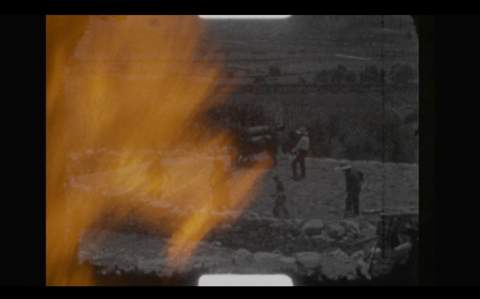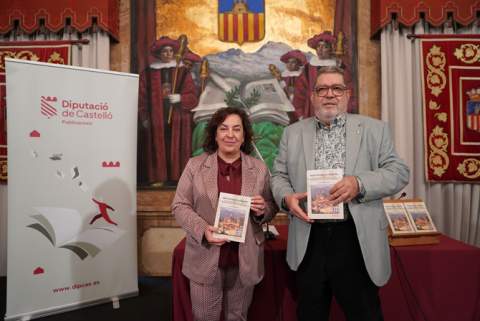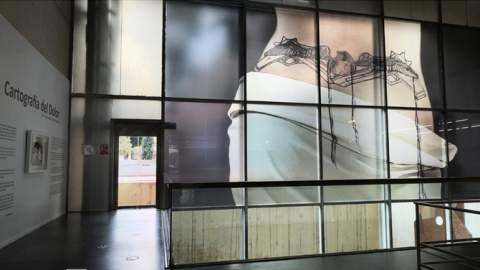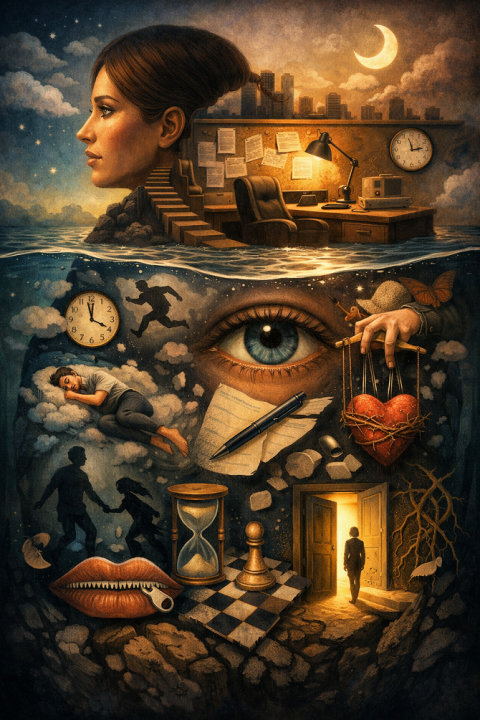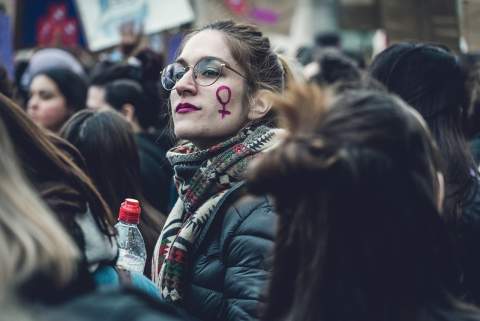Alcala de Xivert enjoys its Agricultural Fair
![[Img #33531]](upload/img/periodico/img_33531.jpg) On Saturday, 17th May, the XIVth San Isidro Agricultural Fair opened for the weekend.
On Saturday, 17th May, the XIVth San Isidro Agricultural Fair opened for the weekend.
The opening ceremony was presided over by the mayor, Francisco Juan Mars, joined by the provincial deputy, Domingo Giner, the vice-president of the Diputación, Andrés Martínez, and the Senator for Castellón, Juan José Ortiz, as well as members of the Municipal Corporation and neighbouring towns such as Torreblanca, La Salzadella and Canet Lo Roig.
The adult and child Fiesta girls were charged with cutting the tape to open the fair, after which the authorities paid visits to all the different stands taking part, accompanied by the “Lo Xular” Group of Pipes and Drums.
During the tour, Pascual Masip’s exhibition of paintings was opened. He is an Alcala de Xivert resident “born and bred”, he added with pride in his birth place.
He has been painting since 1977 and is entirely self-taught, making forays into textures, the use of brushes and spatulas, and different materials, in a wide range of works, from landscapes, the human face, sea scenes. “I have no preferred subject which I like to paint, I paint everything”, he stated. He then proudly showed off his favourite painting, one in which the Bell Tower is the main subject “the whole town loves the Bell Tower”.
Visiting the Castellón Tourist Board stand, taking part in the fair, the mayor, Francisco Juan Mars, signed the petition requesting UNESCO to declare Penyagolosa a Human Heritage.
During the opening of the IIIrd Alcala de Xivert Archaeological Museum Collection “The legacy of the Cova de Pastrana. From the end of the Neolithic age to the Bronze Age” in the CESAL, Francisco Juan Mars invited residents and visitors to “spend a good weekend enjoying the fair”, at the same time thanking the authorities for coming and accompanying him to this opening. He also thanked the organisers of the 2014 San Isidro Fair for all their work, and all the local groups who had been involved and had added to this common effort.
Referring to the Museum Collection, the mayor thanked the Heritage General Management and the Castellón Diputación for all their support given to Alcala de Xivert’s heritage in projects like the Xivert Castle and the Bell Tower. But the mayor wanted to make special mention of Rafa Ronchera, who he described as “a real fan of local heritage and a fundamental part of this collection”.
Rafa Ronchera then spoke to describe the contents of this third phase of the findings, which demonstrate the pass of the area’s inhabitants from a life as hunters to becoming the cultivators of their food and the start of the transformation of their surroundings. The time line runs, as Ronchera explained, “from the end of the Neolithic era to the Bronze Age, a period of 2,000 years”.
Findings have been made in the deep levels of the Xivert Castle and the three years of continuous work around Santa Lucia, the last point which completed the time sequence.
The star exhibit is a vessel, which will be ceded to be an invited piece in the Museo de Bellas Artes exhibition in Castellón.
Rafa Ronchera thanked the institutions for their support, like the Castellón Diputacion Department of Archaeology, “for facilities and for their shared knowledge”, in a history which he started back in the 80’s, with children of between 11 and 14 years old, and made mention of Chimo Arnau and the Club Muntanyenc Serra d’Irta, which after 30 years “enable us to enjoy our rich historic heritage”.
The inaugural ceremony ended with visits to the exhibitions in the CESAL – that of the Lace-makers Association, the furniture restoration class, the Art students and the Bonsai growers.
![[Img #33531]](upload/img/periodico/img_33531.jpg) On Saturday, 17th May, the XIVth San Isidro Agricultural Fair opened for the weekend.
On Saturday, 17th May, the XIVth San Isidro Agricultural Fair opened for the weekend.
The opening ceremony was presided over by the mayor, Francisco Juan Mars, joined by the provincial deputy, Domingo Giner, the vice-president of the Diputación, Andrés Martínez, and the Senator for Castellón, Juan José Ortiz, as well as members of the Municipal Corporation and neighbouring towns such as Torreblanca, La Salzadella and Canet Lo Roig.
The adult and child Fiesta girls were charged with cutting the tape to open the fair, after which the authorities paid visits to all the different stands taking part, accompanied by the “Lo Xular” Group of Pipes and Drums.
During the tour, Pascual Masip’s exhibition of paintings was opened. He is an Alcala de Xivert resident “born and bred”, he added with pride in his birth place.
He has been painting since 1977 and is entirely self-taught, making forays into textures, the use of brushes and spatulas, and different materials, in a wide range of works, from landscapes, the human face, sea scenes. “I have no preferred subject which I like to paint, I paint everything”, he stated. He then proudly showed off his favourite painting, one in which the Bell Tower is the main subject “the whole town loves the Bell Tower”.
Visiting the Castellón Tourist Board stand, taking part in the fair, the mayor, Francisco Juan Mars, signed the petition requesting UNESCO to declare Penyagolosa a Human Heritage.
During the opening of the IIIrd Alcala de Xivert Archaeological Museum Collection “The legacy of the Cova de Pastrana. From the end of the Neolithic age to the Bronze Age” in the CESAL, Francisco Juan Mars invited residents and visitors to “spend a good weekend enjoying the fair”, at the same time thanking the authorities for coming and accompanying him to this opening. He also thanked the organisers of the 2014 San Isidro Fair for all their work, and all the local groups who had been involved and had added to this common effort.
Referring to the Museum Collection, the mayor thanked the Heritage General Management and the Castellón Diputación for all their support given to Alcala de Xivert’s heritage in projects like the Xivert Castle and the Bell Tower. But the mayor wanted to make special mention of Rafa Ronchera, who he described as “a real fan of local heritage and a fundamental part of this collection”.
Rafa Ronchera then spoke to describe the contents of this third phase of the findings, which demonstrate the pass of the area’s inhabitants from a life as hunters to becoming the cultivators of their food and the start of the transformation of their surroundings. The time line runs, as Ronchera explained, “from the end of the Neolithic era to the Bronze Age, a period of 2,000 years”.
Findings have been made in the deep levels of the Xivert Castle and the three years of continuous work around Santa Lucia, the last point which completed the time sequence.
The star exhibit is a vessel, which will be ceded to be an invited piece in the Museo de Bellas Artes exhibition in Castellón.
Rafa Ronchera thanked the institutions for their support, like the Castellón Diputacion Department of Archaeology, “for facilities and for their shared knowledge”, in a history which he started back in the 80’s, with children of between 11 and 14 years old, and made mention of Chimo Arnau and the Club Muntanyenc Serra d’Irta, which after 30 years “enable us to enjoy our rich historic heritage”.
The inaugural ceremony ended with visits to the exhibitions in the CESAL – that of the Lace-makers Association, the furniture restoration class, the Art students and the Bonsai growers.



